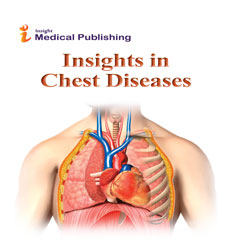Abstract
Respiratory Health Conditions and Ambient Ozone: A Case-Crossover Study
Context: This research used International Classification of Diseases, 9th Revision (ICD-9) coding from 10 years of emergency department (ED) data (2, 951, 878 diagnosed visits) to identify diseases of the respiratory system (ICD-9: 460-519). The study estimates the potential associations of ED visits with ozone.
Design: The cases of the ED visits from this group (N=292, 285) were linked to the measurements of ambient ground-level ozone. A time-stratified case-crossover design was applied to match case and control periods. Conditional logistic regression was used to realize the case-crossover technique. Temperature and relative humidity were adjusted in the models in the form of natural splines."
Results: The results for diseases of the respiratory system (ICD-9: 460-519) confirmed a strong association between presentations and ambient ozone. Estimated odds ratios were positive and statistically significant for each considered lag (lag 0–7 days) of ozone exposure. Positive and statistically significant associations with ozone exposure were also obtained for the diseases of the skin and sense organs.
Conclusion: These results confirm associations between ambient ozone concentrations and respiratory disease presentations to EDs. Efforts to reduce ozone levels in the atmosphere may mitigate ED presentations to EDs for respiratory problems.
Author(s):
Mieczyslaw Szyszkowicz and Brian H Rowe
Abstract | Full-Text | PDF
Share this

Google scholar citation report
Citations : 60
Insights in Chest Diseases received 60 citations as per google scholar report
Abstracted/Indexed in
- Google Scholar
- Geneva Foundation for Medical Education and Research
- Secret Search Engine Labs
Open Access Journals
- Aquaculture & Veterinary Science
- Chemistry & Chemical Sciences
- Clinical Sciences
- Engineering
- General Science
- Genetics & Molecular Biology
- Health Care & Nursing
- Immunology & Microbiology
- Materials Science
- Mathematics & Physics
- Medical Sciences
- Neurology & Psychiatry
- Oncology & Cancer Science
- Pharmaceutical Sciences
